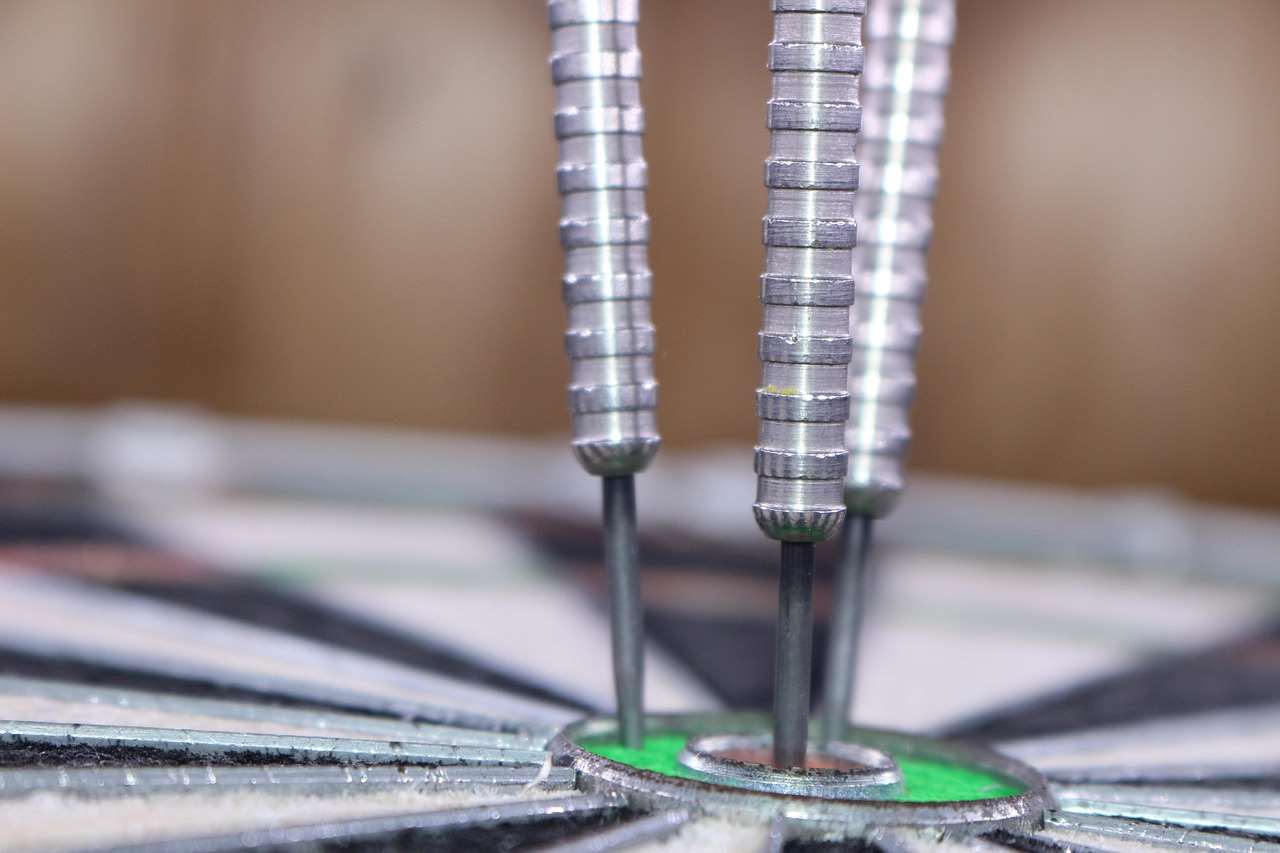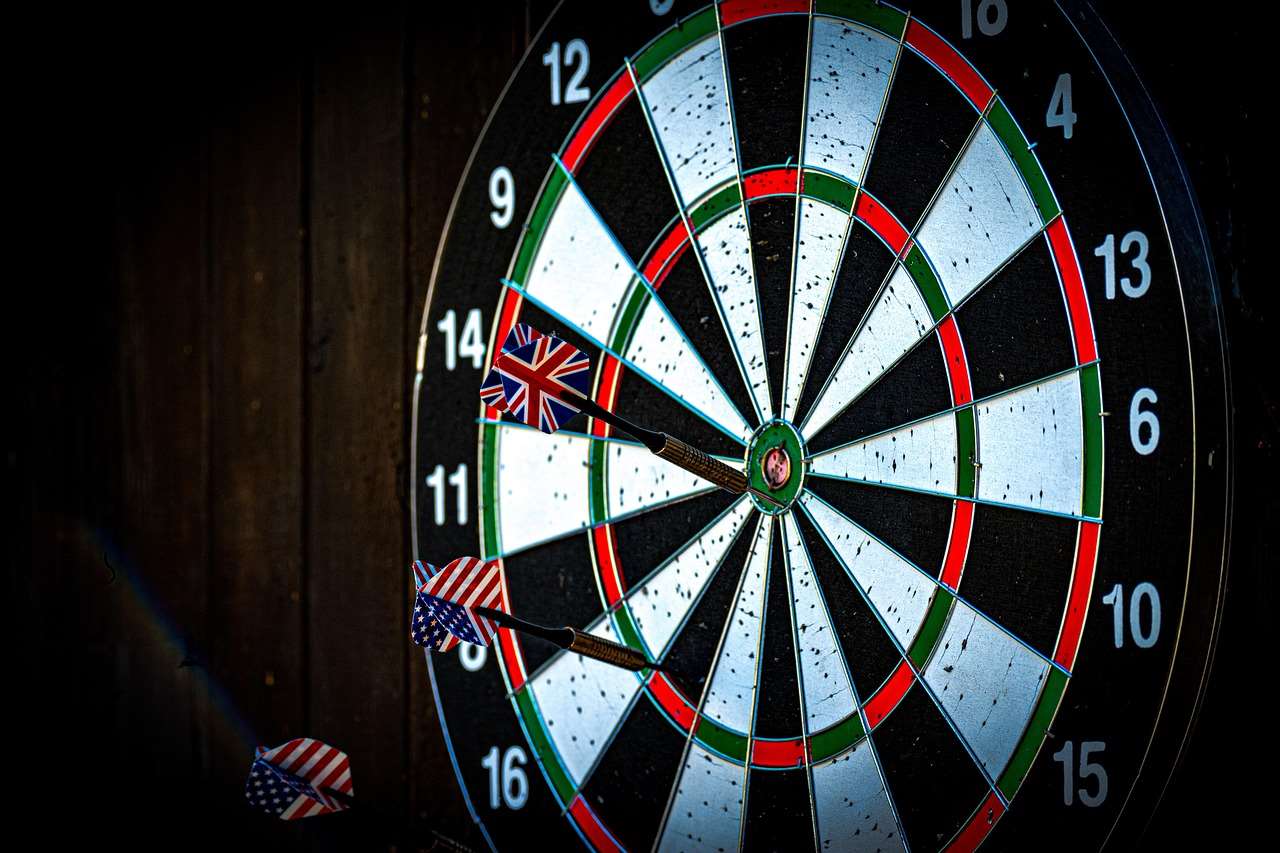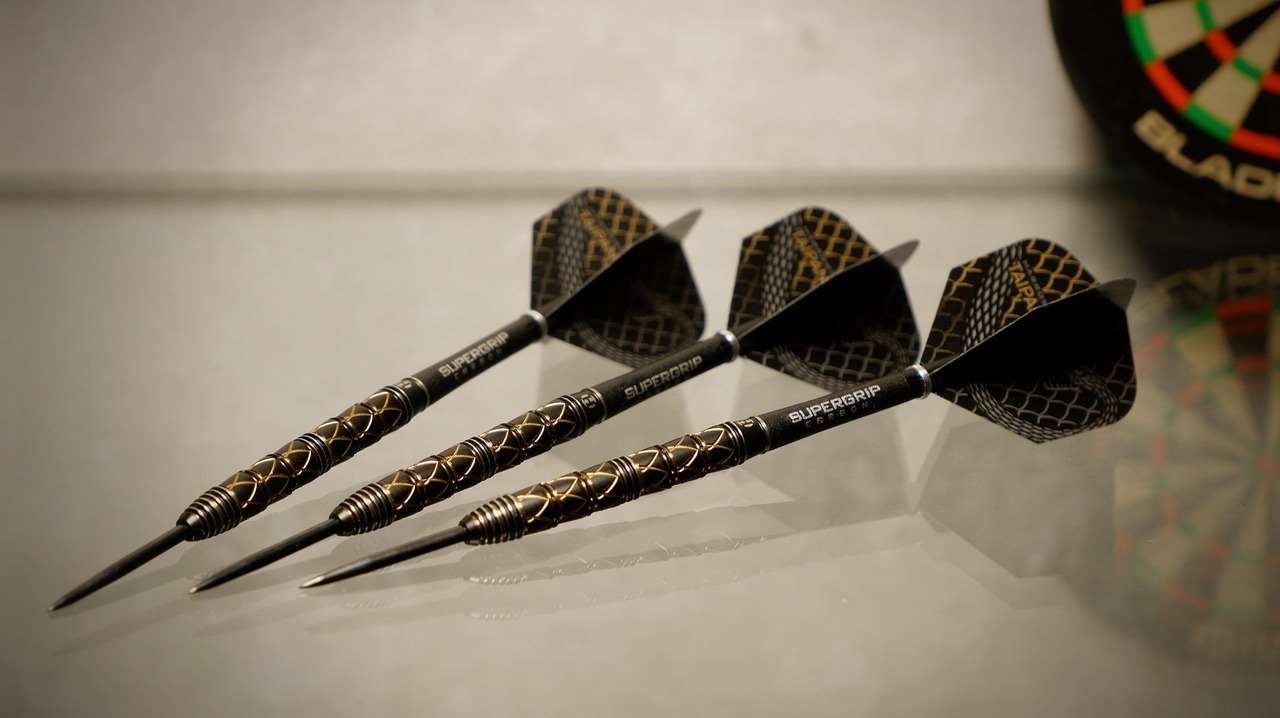Understanding **darts terminology: ‘order of play’** is crucial for fair competition and enjoying the game. This article clarifies how the **order of play** is determined, its importance, and the nuances involved in various darts formats. We’ll also explore factors affecting **player rotation** and how it influences strategy.
⚠️ Still Using Pen & Paper (Of een schoolbord)?! ⚠️
Stap in de toekomst! De Dart Teller -app behandelt alle scoren, stelt kassa voor, en volgt uw statistieken automatisch. It's easier than you think!
Probeer de Smart Dart Teller -app gratis!Klaar voor een upgrade? Klik hierboven!
Understanding Darts Terminology: ‘Order of Play’
The **order of play** in darts dictates the sequence in which players take their turns to throw. It is a fundamental aspect of the game, ensuring fairness and structured competition. While seemingly straightforward, the specific rules governing the **order of play** can vary depending on the format being played, from casual pub games to professional tournaments. In general, the **order of play** is determined either randomly, by a coin toss, or by a ‘bull up’ (explained later), and then typically alternates between players or teams.

How is the ‘Order of Play’ Determined?
Several methods exist to establish the initial **order of play** in darts:
- Muntworp: A simple and often-used method, the coin toss randomly selects which player or team goes first.
- Bull Up: This involves each player throwing one dart at the bullseye. The player whose dart lands closest to the center of the bullseye throws first. If darts are tied or outside the outer bull, the players throw again until a winner is determined. This method tests a player’s accuracy from the outset.
- Random Draw: Some tournaments use a random draw system, where players’ names are drawn from a hat or generated randomly by a computer program to determine the initial **order of play**.
Once the initial **order of play** is established, it usually alternates between players or teams for the remainder of the match. In team games, a pre-determined rotation within the team is often used.
The Importance of First Throw in Darts
Having the first throw in darts can provide a significant advantage. The player who starts a leg has the opportunity to score heavily and put pressure on their opponent. This is especially true in shorter formats, like best-of-three legs, where a quick lead can be decisive. The mental advantage of starting strong shouldn’t be underestimated. You can learn Basic Darts Fundamentals for Beginners to get better at darts.
Variations in ‘Order of Play’ Across Different Darts Formats
The fundamental principle of alternating turns remains consistent, but specific rules regarding the **order of play** can change across various darts formats.
- Singles Games (Bijv., 501): After the initial determination of who goes first, players simply alternate turns.
- Doubles/Team Games: In doubles or team games, players usually rotate within their team. Bijvoorbeeld, in each leg, Player A1 from Team A throws first, followed by Player B1 from Team B, then Player A2 from Team A, and finally Player B2 from Team B. This rotation continues until the leg is won.
- Tournament Formats: Tournaments often have specific rules about **seeding** and the **draw**. Higher-ranked players may be seeded, meaning they are placed in different brackets to avoid playing each other in the early rounds. The draw determines the pairings for each round, influencing the **order of play** throughout the tournament.

‘Order of Play’ En “The Throw to the Bull”
In some situations, A “throw to the bull” is used to determine who starts a leg or match. This is often done in the event of a tie or to decide who breaks (throws first) in subsequent legs. The rules for the “throw to the bull” are generally the same as the “bull up” used to determine the initial **order of play**, where the player closest to the bullseye wins the right to throw first. This adds an element of skill and pressure to these crucial moments.
Strategic Implications of the ‘Order of Play’
The **order of play** influences strategy in several ways:
- Opening Strategy: Knowing you are throwing first can dictate your opening strategy. Players might aim for high scores to gain an immediate advantage and put pressure on their opponent.
- Finishing Strategy: If you are trailing and your opponent is approaching a finish, your strategy might change to focus on disrupting their score or leaving yourself a better opportunity to win the leg on your next turn. Thinking about finishing is part of Darts -regels aanpassen voor beginners.
- Team Dynamics: In team games, the **order of play** within the team can be strategically arranged to maximize scoring potential or to pair players with complementary strengths.

Adapting Your Game Based on the ‘Order of Play’
Being adaptable is key. If you lose the ‘bull up’ or coin toss and have to throw second, don’t get discouraged. Adjust your strategy to focus on responding to your opponent’s scores and capitalizing on any mistakes they make. Omgekeerd, if you win the right to throw first, seize the opportunity to build a lead and control the pace of the game.
Variations for Casual Play: Adjusting the ‘Order of Play’
While strict rules govern professional darts, casual games offer more flexibility. Here are a few ways to adjust the **order of play** for fun and fairness:
- Handicaps: Implement a handicap system where stronger players have to score more or finish with a higher number to level the playing field. This makes the game more enjoyable for players of varying skill levels. Learn Hoe Darts eerlijker te maken met handicapregels.
- Rotating Opponents: In a group setting, rotate opponents after each leg or game to keep things interesting and allow everyone to play against different skill levels.
- Loser Starts: The loser of the previous leg starts the next leg. This gives the losing player a chance to redeem themselves and potentially gain an advantage in the subsequent leg.

‘Order of Play’ Considerations for Tournaments and Leagues
In organized darts leagues and tournaments, the **order of play** is strictly enforced. It is crucial to understand the specific rules of the competition regarding seeding, the draw, and any procedures for resolving disputes about the **order of play**. Typically, a designated tournament official or referee will be responsible for ensuring adherence to the rules and settling any disagreements. The importance of understanding the game is further enhanced with Simplified 501 game rules for novice players.
Common Misunderstandings Regarding ‘Order of Play’
Even experienced darts players can sometimes have misunderstandings about the **order of play**. Some common areas of confusion include:
- Misunderstanding the ‘Bull Up’ Rules: Not knowing what to do if darts are tied or outside the outer bull during a ‘bull up’.
- Incorrect Rotation in Team Games: Getting the rotation wrong in doubles or team games, leading to confusion and potentially invalid scores.
- Confusion about Seeding in Tournaments: Misunderstanding how seeding affects the draw and the resulting **order of play** in tournament brackets.

Resolving Disputes About the ‘Order of Play’
If a dispute arises regarding the **order of play**, the best course of action is to consult the official rules of the game or tournament. If the rules are unclear or the dispute cannot be resolved, a designated official (Bijv., referee or league administrator) should be consulted for a final decision. Maintaining sportsmanship and respecting the official’s ruling is essential.
Mastering the Mental Game and the ‘Order of Play’
The **order of play**, while a technical aspect of the game, is intrinsically linked to the mental side of darts. It can influence a player’s confidence, strategie, and overall performance. Embrace the challenge of adapting your game based on whether you throw first or second, and learn to use the **order of play** to your advantage. A winning mindset, coupled with a solid understanding of the rules, can elevate your game to new heights. You can discover Alternative darts rules for home play and explore various strategies.
Conclusie
Conclusie, understanding **darts terminology: ‘order of play’** is essential for both competitive and casual darts. From the initial ‘bull up’ or coin toss to the alternating turns in singles and the rotations in team games, the **order of play** dictates the flow of the game and influences strategic decision-making. Knowing the rules, adapting your game based on the **order of play**, and mastering the mental aspects will enhance your overall darts experience. Dus, grab your darts, understand the rules, and get ready to play! Now that you understand the fundamentals, why not explore more advanced strategies and practice techniques to improve your game?
Hoi, Ik ben Dieter, En ik heb Dartcounter gemaakt (Dartcounterapp.com). Mijn motivatie was geen darts -expert - helemaal tegenovergestelde! Toen ik voor het eerst begon te spelen, Ik hield van het spel, maar vond het moeilijk en afleidend om nauwkeurige scores te houden en statistieken te volgen.
Ik dacht dat ik niet de enige kon zijn die hiermee worstelde. Dus, Ik besloot om een oplossing te bouwen: een eenvoudig te gebruiken applicatie die iedereen, Ongeacht hun ervaringsniveau, zou kunnen gebruiken om moeiteloos te scoren.
Mijn doel voor Dartcounter was eenvoudig: Laat de app de nummers afhandelen - het scoren, de gemiddelden, de statistieken, Zelfs checkout suggesties - zodat spelers puur kunnen richten op hun worp en genieten van het spel. Het begon als een manier om het probleem van mijn eigen beginners op te lossen, En ik ben heel blij dat het is uitgegroeid tot een nuttig hulpmiddel voor de bredere darts -community.